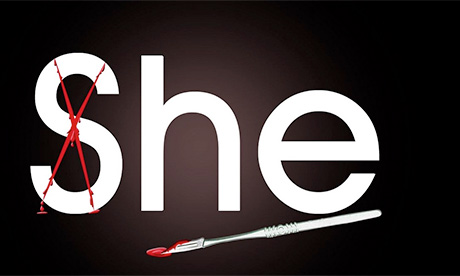A year ago the New Zealand Parliament voted in favour of radical reforms to the Abortion Legislation Act.
The amendments were aimed at modernising the legislation, and moving abortion out from under the Crimes Act of 1961 and the Contraceptive, Sterilisation Act of 1977.
One of the more fiercely debated points in the Bill related to ‘sex-selective abortion’ or the termination of female foetuses.
Opposition to abortion on grounds of sex selection was bipartisan.
Chair of the Abortion Legislation Select Committee, Labour’s Ruth Dyson, who voted for the changes, pointed out during third reading of the Bill: “We expressed opposition to any abortion for the purpose of sex selection.”
Simeon Brown of the National Party, who voted against the reform in his speech, noted (erroneously, it is worth adding) that “it is shocking that this law allows for discrimination against unborn baby girls purely on the basis of their sex under the guise of a woman’s right to choose. Who will defend the rights of these unborn girls?”
In the end, the reform Bill addressed the issue of sex selection in Section 20 F of the amendment: “This Parliament opposes the performance of abortions being sought solely because of a preference for the foetus to be of a particular sex.”
The legislation also stipulates that the Director-General of Health should appraise the effects of the law change on sex selection in five years.
Although not explicitly mentioned, the concern with sex-selective abortion is a direct reference to New Zealand’s ethnic minority community, especially those from Asia.
In denouncing sex-selective abortion, Ruth Dyson emphasised: “That (sex selection) is not part of New Zealand culture, and we never want it to be”.
In some ways, she is right.
Sex selection is widely considered an ‘Asian’ problem.
Since the 1980s, researchers have highlighted that sex ratio at birth, or the numbers of boys born compared to girls, in India and China consistently fell below expected normal levels.
The expected normal would be an equal split but instead for every 1000 boys born, there would be 990 or 980 fewer or less in some regions.
Scaled to populations of a billion or more, these shortfalls of girls amounted to millions of girls.
These are Asia’s “missing women”, a reflection of society’s preference for males and undervaluation of girls.
The development of ultra-sound technology in the 1980s was an important turning point.
Until then, unwanted girl children were disposed of after birth (female foeticide) but with in-utero sex identification, abortion became the preferred method of sex selection.
Sex selection is constructed as a poverty issue – the spotlight was on the poor who could not bear the social and financial burdens of a daughter and therefore preferred abortion to the birth of a girl child.
It is now well established that son preference and sex selection cuts across class, occupation, religion, and urban-rural distinctions.
For a long time, sex selection was assumed to be an Asian problem in Asia.
Recent research shows that the practice appears to have migrated with Asians to the UK, Canada, USA, Australia, and Europe.
Although not on the scale seen in Asia, male-favouring sex ratios have been noted in some Asian minority communities from the 1970s onwards.
Sex selection appeared to be practised among first-generation, educated, economically established, urban Asian migrants. In one Canadian study, sex-selective practices were also found among second-generation migrants.
What is clear is that son preference is a strong and enduring sentiment. Continue reading
Additional readingNews category: Analysis and Comment.




